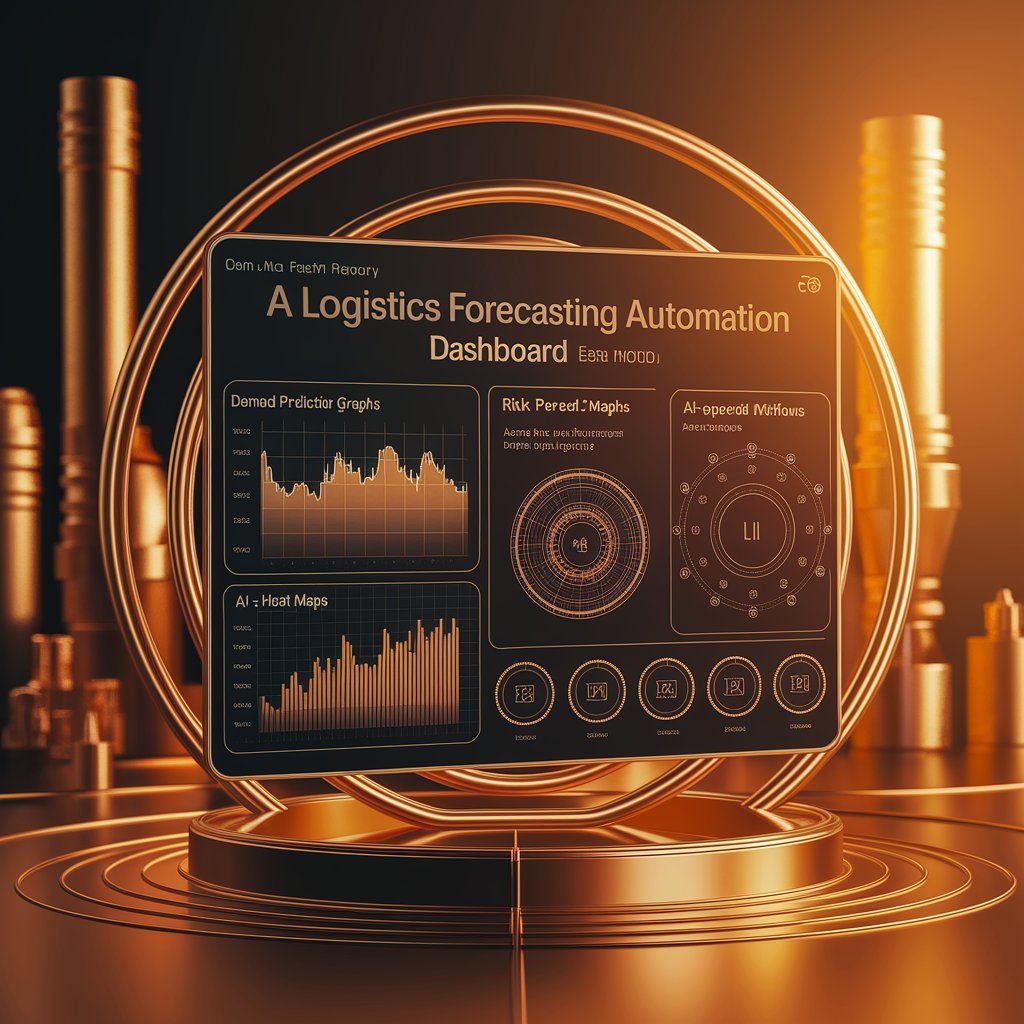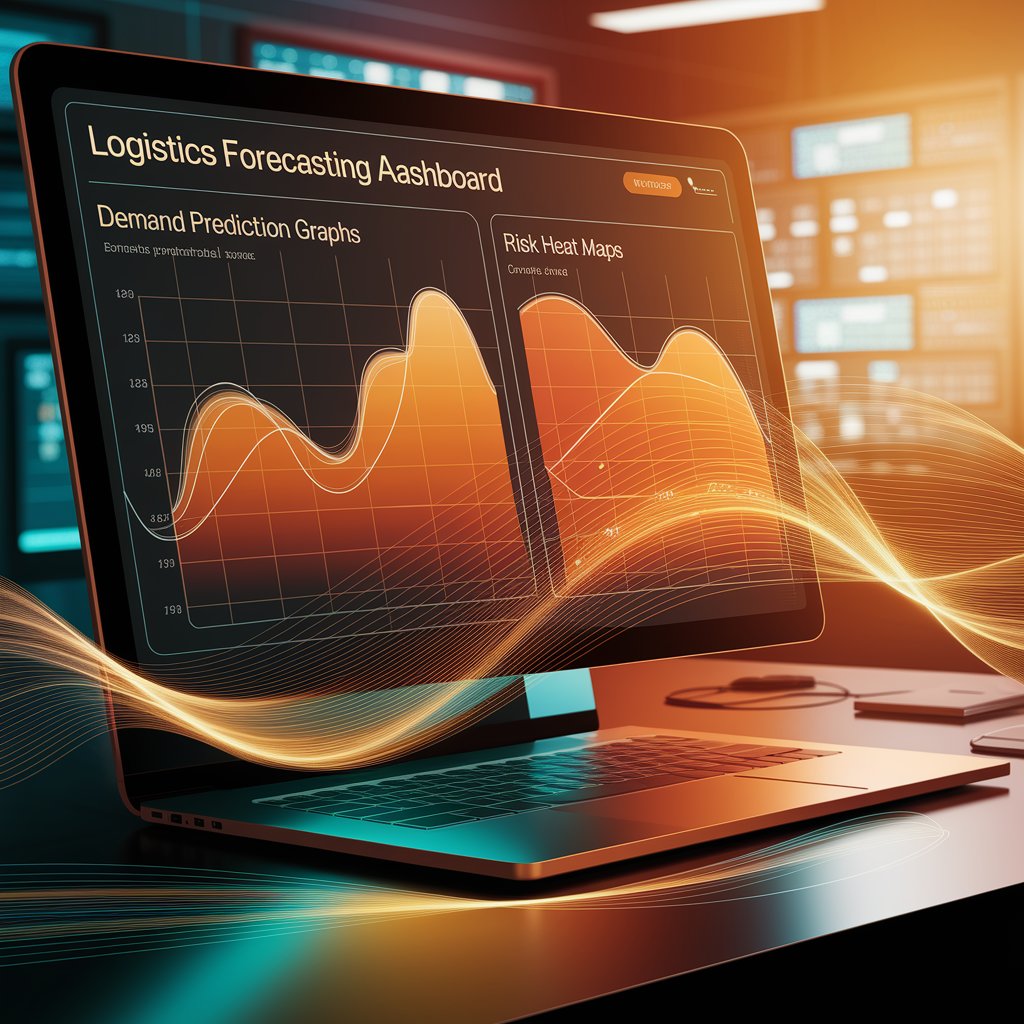How Logistics Forecasting Automation Works with Linbis
Forecasting is essential in logistics, but many companies still rely on manual spreadsheets and outdated reports. This creates blind spots that lead to stockouts, overcapacity, higher costs, and missed deadlines.

Introduction
With logistics forecasting automation, Linbis combines AI, predictive analytics, and automated workflows to deliver accurate forecasts in real time—helping logistics providers plan smarter and act faster.
Step 1: Collect Forecasting Data
Linbis centralizes forecasting inputs from:
- Historical shipment records → volume trends and seasonal peaks.
- Carrier schedules → capacity, rates, and availability.
- Customer demand signals → sales orders, ecommerce spikes.
- External data → weather, fuel, and global trade flows.
Step 2: AI Forecasting Models
AI-powered forecasting in Linbis can:
- Predict shipment volumes by region, lane, or customer.
- Identify peak demand cycles.
- Forecast resource needs (warehousing, fleet, carriers).
- Detect risks like port congestion or fuel price spikes.

Step 3: Automate Forecast Workflows
- If demand surge predicted → System books carrier capacity early.
- If warehouse peak detected → AI reallocates labor schedules.
- If risk forecasted → Alternate routes or carriers are auto-suggested.
- Forecast reports are generated automatically for managers.
Step 4: Visualize Forecast Dashboards
Linbis provides real-time dashboards with:
- Forecast accuracy metrics.
- Volume prediction graphs.
- Heat maps of demand by geography.
- Automated KPIs for cost, service, and risk.
Step 5: Continuous Optimization
- AI learns from historical and real-time data.
- Forecast accuracy improves with every cycle.
- Automated workflows adjust instantly as new data flows in.

Advanced Features
- Multi-modal forecasting → trucking, air, ocean, and rail.
- Scenario simulation → test “what if” disruptions.
- Custom rule sets → prioritize carriers, lanes, or customers.
- Compliance-ready reports → automated documentation for audits.
Real-World Example 🚛
A 3PL in California implemented logistics forecasting automation with Linbis. In 4 months:
- Increased forecast accuracy by 26%.
- Reduced emergency carrier costs by 18%.
- Improved customer service with proactive scheduling.

Benefits 📈
- Smarter Planning: Align resources with forecasted demand.
- Efficiency: Automate manual forecasting tasks.
- Risk Mitigation: Identify and prevent potential disruptions.
- Visibility: Clear dashboards improve decision-making.
- Scalability: Works for local providers and global supply chains.
Conclusion
With logistics forecasting automation, Linbis transforms planning from reactive guesswork to proactive, data-driven decisions. By automating forecasts and linking them to workflows, companies reduce costs, improve service, and strengthen resilience.
